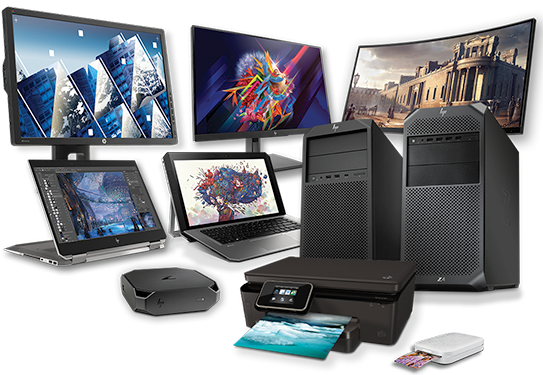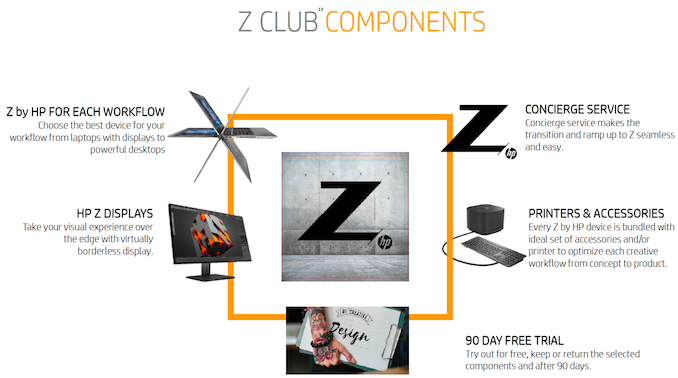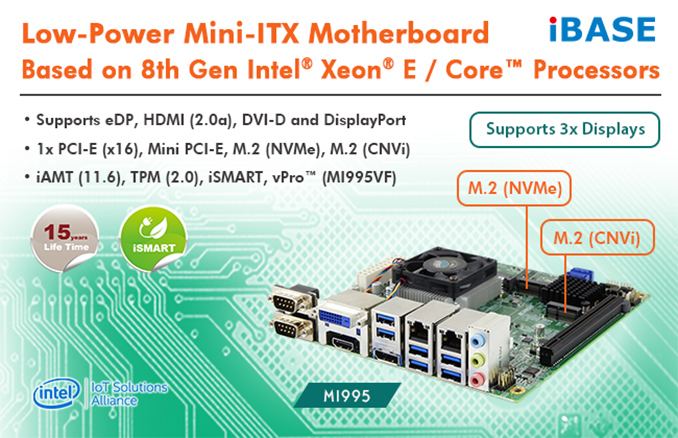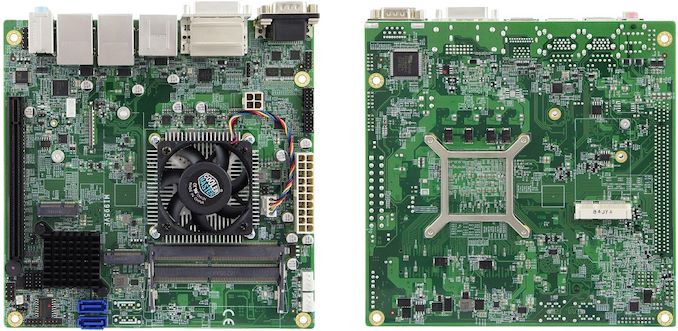In addition to launching “Boosted” versions of its ZBook notebooks, HP has also introduced its Z Club device-as-a-service (DaaS) program. Under the terms of the program, select HP customers will be able to lend certain hardware bundles at a fixed monthly payment, and get a special Z Concierge service. The Z Club will be initially available only to select HP customers, if the company finds it successful enough, it may expand it in the future.
The Z Club DaaS program is aimed at creative professionals, such as artists, graphics designers, photographers, and video editors. For each group HP will offer a special hardware bundle. Furthermore, it will offer a choice of components and accessories that users may install themselves and find out how certain hardware affects their workflow. Select customers of HP that will be offered membership in the Z Club will be able to tryout HP’s hardware and components bundle for free for 90 days and in that period, they will be able to configure systems however they see viable. In addition, Z Club members will be offered Z Concierge service available 24/7. The latter will provide recommendations concerning usage of hardware and software to simplify transition to HP Z workstations.
Initially, HP will offer six hardware packages for different workflows:
The Artist’s Bundle will include HP’s ZBook x2 with Pen, HP’s 24-inch DreamColor 24x display, a 1 TB external drive, wireless keyboard & mouse, collaboration software, as well as Z Concierge and next-day business service. Montly cost of this package will be at $156, exact specs are listed in the table below.
The Graphics Designer’s Bundle will include the HP ZBook x360 with Pen, HP’s DreamColor 24x monitor, a 1 TB external storage device, wireless keyboard & mouse, and the aforementioned software and services. This package will cost $167 a month.
The Video Editor’s Bundle will consist of either HP Z2 Tower or HP Z4 Tower desktop PCs, an HP Z38C curved display, or two 24-inch monitors (see the table for details). Depending on exact configuration, the package will cost from $183 to $210.
The Photographer’s Bundle will feature the HP Z mini workstation or HP ZBook x360 with Pen, a 24-inch display, and a printer. The package will be available for $108 to $180 a month, depending on exact hardware specs.
Keeping in mind that HP intends to offer its customers a choice of hardware to install themselves, actual monthly payments will differ from those of canonical bundles. Meanwhile, a quick analysis of hardware packages and their prices indicate that montly payments are about 27-34 times lower than the current cost of hardware. That said, it makes a great financial sense to rent the workstations when using them for less than 27 - 34 months. At the same time, it will be cheaper to buy hardware if you plan to use it for three years or more.
| HP Z Club Hardware Bundles | ||||
| Configuration | Approximate* Price of Hardware at HP.com | Monthly Cost | ||
| Artists's Bundle | HP ZBook x2 with Pen 14-inch 4K IPS LCD Intel Core i7-8650U 32 GB of DDR4-2133 RAM 1 TB PCIe SSD NVIDIA Quadro M620 2 GB + HP DreamColor Z24x + Wireless Keyboard & Mouse + 1 TB external drive + Services | $5362 | $156 | |
| Graphics Designer's Bundle | HP ZBook Studio x360 with Pen 15.6-inch 4K LCD Intel Core i7-8750H 32 GB of DDR4-2667 RAM 2×512 GB PCIe SSD NVIDIA Quadro P1000 4 GB + HP DreamColor Z24x + Wireless Keyboard & Mouse + 1 TB external drive + Services | $5738 | $167 | |
| Video Editor's Bundle 1 | HP Z2 Tower Intel Core i7-8700K 64 GB of DDR4-2667 RAM Z Turbo 512 GB PCIe SSD 4 TB 3.5-inch 7200 RPM HDD NVIDIA Quadro P5000 16 GB + HP DreamColor Z24x+ HP Z 24-inch LCD + 1 TB external drive + Wireless Keyboard & Mouse + Services | $5374 | $183 | |
| Video Editor's Bundle 2 | HP Z4 Tower Intel Core i7-7820X 64 GB of DDR4-2667 RAM Z Turbo 512 GB PCIe SSD 4 TB 3.5-inch 7200 RPM HDD NVIDIA Quadro P5000 16 GB + HP DreamColor Z38C Curved LCD + 1 TB external drive + Wireless Keyboard & Mouse + Services | $7090 | $210 | |
| Photographer's Bundle 1 | HP Z2 Mini Intel Core i7-8700 32 GB of DDR4-2400 RAM Z Turbo 256 GB PCIe SSD 1 TB 3.5-inch 7200 RPM HDD + HP DreamColor 24x LCD + 1 TB external drive + HP Photosmart Printer + Wireless Keyboard & Mouse + Services | $2937 | $108 | |
| Photographer's Bundle 2 | HP ZBook x360 with Pen 15.6-inch 4K LCD Intel Core i7-8750H 32 GB of DDR4-2667 RAM 2×512 GB PCIe SSD NVIDIA Quadro P1000 4 GB + HP 24-inch + 1 TB external drive + Wireless Keyboard & Mouse + HP Sprocket Printer + Services | $5479 | $180 | |
| Note | *Since we do not know exact configuration, actual prices may be different than the ones we picked at HP.com on 10/15/2018. | |||
Related Reading:
- HP Boosts ZBooks with Core i9, Quadro P2000/P5200, & Up to 128 GB DRAM
- HP Spring 2018 Range: ZBook, ZBook, ZBook
- HP Unveils EliteBook x360 1030 G3 Convertible: Quad-Core CPU, 700-Nits LCD, 18 Hrs
- HP Unveils Z2 Mini G4 SFF Workstations: Up to Six-Core Xeons, Pro GPUs
- HP Announces The Spectre Folio: Leather Laptop
from AnandTech https://ift.tt/2pYztqd
via IFTTT









